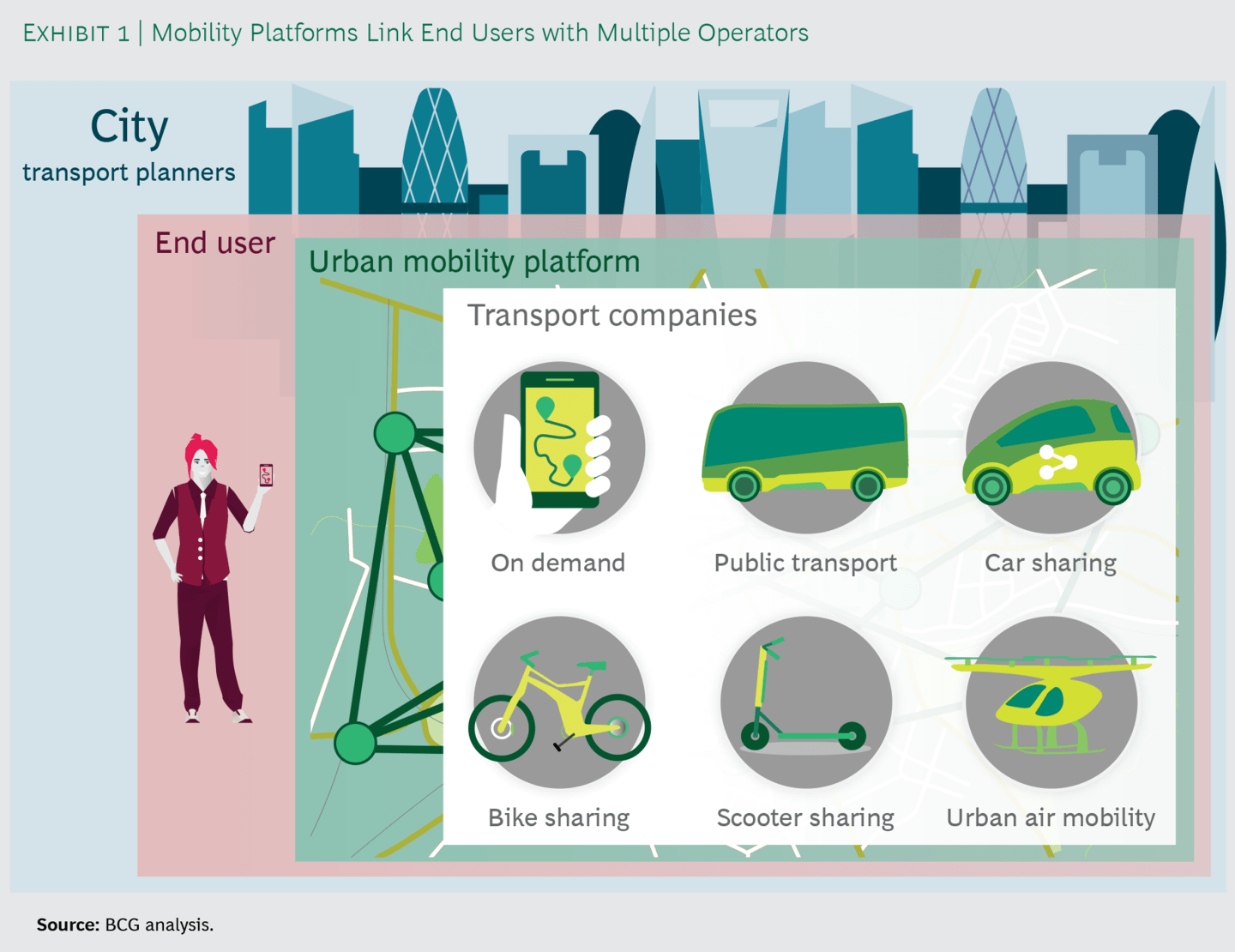THRUST 3
designing adaptable
TRANSIT SYSTEMS
Thrust 3 considers adaptability across different perturbations by redesigning a multi-modal public transit system, to achieve an elegant balance between efficiency and resilience and still maintain performance and budget requirements.
Image Source: National Association of City Transportation Officials
THRUST 3 focus
Transit adaptivity measure system
The adaptivity is measured by posing a set of quantitative variables. Analytical approximations are proposed to move away from the assumption usually made in the literature about the parameters such as demand patterns being perfectly known.
Transit Design
Co-evolution of transit design and travelers’ behavioral principles
Transit Resilience
Transit design with risk-based formulations to consider dynamic perturbations in collaboration with Thrust 2.
Background
A transit system that can quickly recover from disruptions in providing efficient and resilient mobility is an essential component of an adaptable city. Understanding the dynamic process of disruption and recovery evolution and permanent loss is both theoretically challenging and practically important for managing public transportation systems.
Over the past decade, there have been several studies conducted on human mobility that have identified certain general trends of ridership change. However, quantitatively mathematical approximation of the disruption and recovery process at the population level still poses a significant challenge. This is an outstanding problem that requires further investigation and research in the field of transportation.
In our research, we propose a Double Quadratic Queue (DQQ) model for adaptive behavior evolution, which aims to describe the process of how a system evolves back to its new normal, or a new equilibrium state, after a major disruption. This is achieved through a simple differential equation that accounts for disruptions causing a shock in the mobility or activity participation level, as measured by various big data sources such as Google Mobility Reports, and how the system adapts from the net flow rates between two equilibrium conditions within an equilibrium recovery perspective.
Ongoing Research Activities
Few analytical formulations are proposed to approximate the adaptative evolution process for transit daily ridership change. By translating common knowledge into well-defined mathematical terms, we hope to establish a set of models below to facilitate large-scale data mining and informed decision-making.
Expected Outcome of System Adaptivity Characterization
The expected results of developing a system-level adaptivity characterization measure include analytical performance measures for transit disruption and recovery evolution, such as:
- System recovery duration,
- Permanent loss,
- Maximum loss,
- The ratio of disruption duration and recovery duration.
Broader Impact
DQQ model can be used to analyze disruptions and recoveries in different contexts, such as the impact of natural disasters, pandemic outbreaks, and other major events, or a combination of them. The analysis results can help decision-makers and practitioners develop strategies to mitigate the impact of disruptions, improve the resilience of systems, and enhance the recovery process. Furthermore, the model can be used to evaluate the effectiveness of different policies and interventions aimed at minimizing disruptions and accelerating the recovery process.
Overall, the DQQ model provides a valuable tool for understanding the dynamics of disruptions and recoveries in different systems and contexts, and for developing effective strategies to enhance the resilience and adaptability of these systems.
TEAM MEMBERS
The Thrust 3 team is based at the University of Notre Dame and Arizona State University
CONTACT us
Please reach out if you are interested in learning more about our research.
